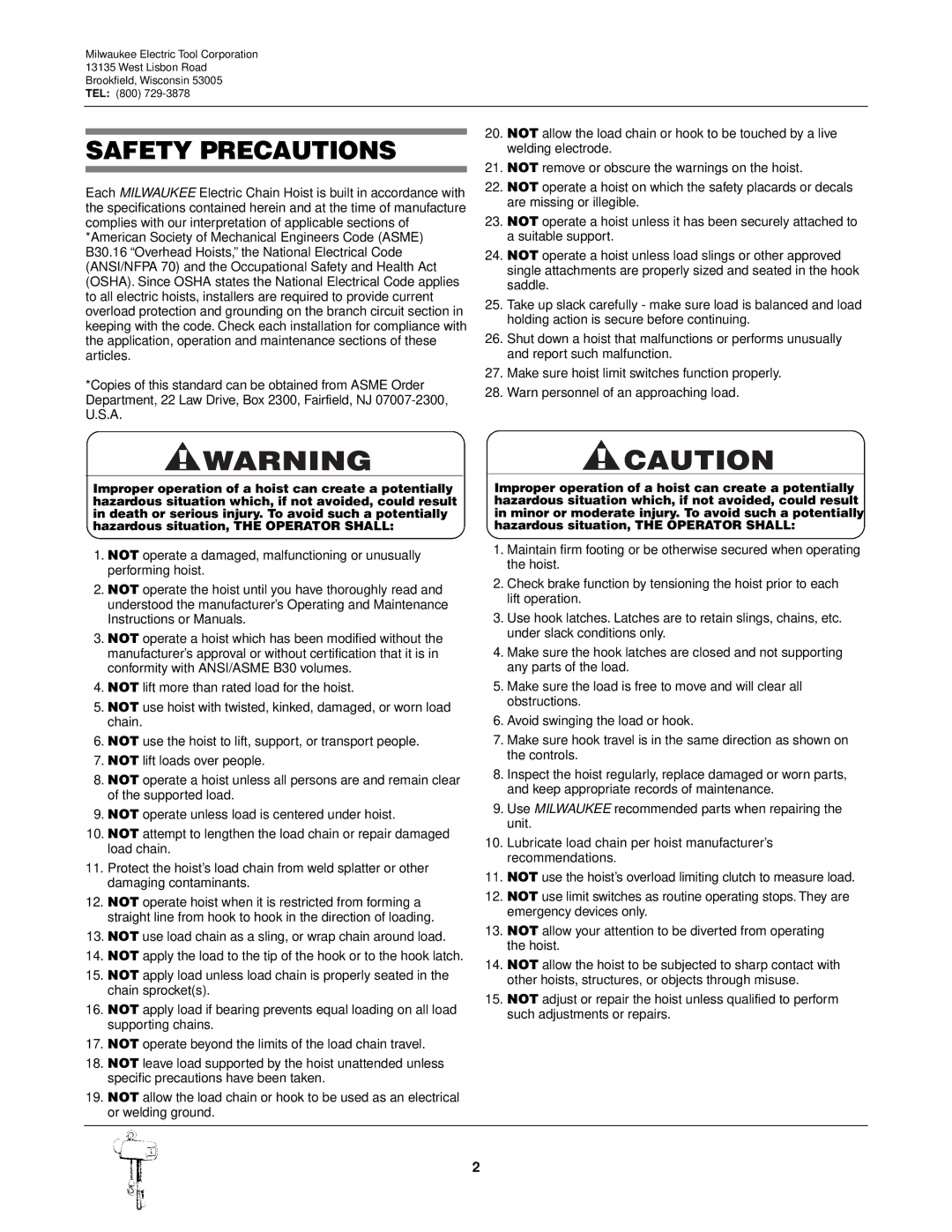9571, 9566, 9573, 9561, 9567 specifications
Milwaukee has long been a leader in providing innovative tools and equipment, and the Milwaukee 9572, 9568, 9570, 9565, and 9560 are prime examples of their commitment to quality and performance. Each model comes with its own unique features and technologies that cater to the needs of professional tradespeople and DIY enthusiasts alike.Starting with the Milwaukee 9572, this tool is designed for heavy-duty applications, offering exceptional power and reliability. It features an advanced motor that delivers high torque and faster speeds, making it ideal for drilling in tough materials. The 9572 model also includes an ergonomic design that reduces user fatigue, allowing for prolonged use without discomfort.
The Milwaukee 9568 focuses on versatility and precision. This model integrates a unique adjustable speed feature, enabling users to customize the tool's performance based on the specific task at hand. This adaptability ensures maximum efficiency, whether you are cutting, grinding, or polishing. Additionally, the 9568 is equipped with a dust control system that minimizes debris production, ensuring a cleaner workspace.
Meanwhile, the Milwaukee 9570 stands out with its robust construction and durability. Built to withstand harsh job site environments, this model features a reinforced housing and high-temperature resistant components. The 9570 also comes with built-in safety features, including an anti-restart protection circuit that prevents unintentional start-ups.
The Milwaukee 9565 model emphasizes user comfort and ease of use. It integrates vibration reduction technology that significantly decreases the amount of vibration felt by the user, making it easier to handle for extended periods. This feature is especially beneficial for tasks that require precision, such as chiseling or tight corner work. The 9565 also offers a tool-free accessory change system, allowing for quick transitions between tasks.
Finally, the Milwaukee 9560 serves as a compact and efficient alternative to larger models. It brings the power you expect from Milwaukee in a more portable package, making it perfect for those who need a reliable tool on the go. This model is equipped with a powerful battery system, providing extended run time and ensuring you can complete your tasks without frequent interruptions.
Overall, the Milwaukee 9572, 9568, 9570, 9565, and 9560 models showcase a blend of technological advancements and thoughtful design, ensuring that users have the best tools available to tackle a variety of projects effectively and efficiently.

